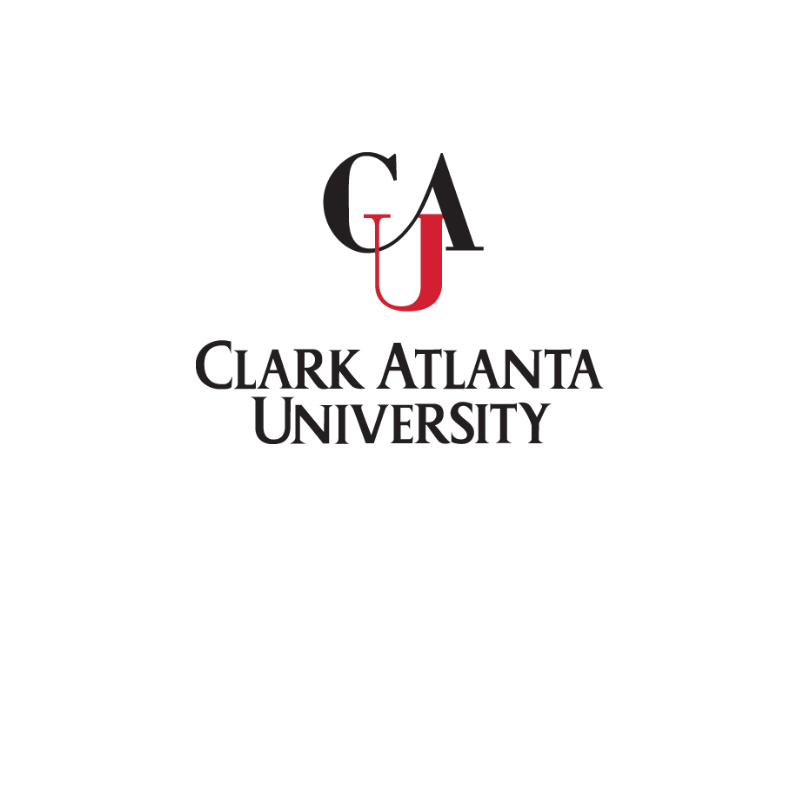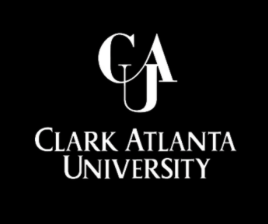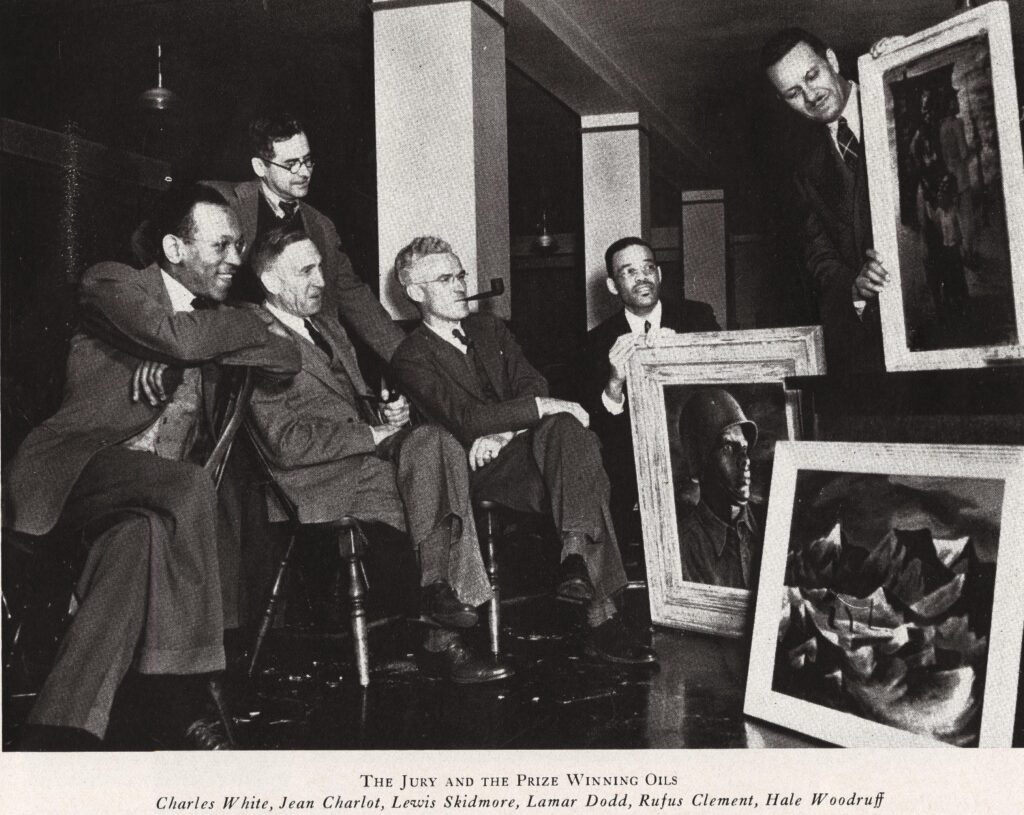History of the Collection
About
On April 19, 1942, the painter and printmaker Hale Woodruff instituted an annual juried competition in Atlanta, Georgia, entitled Exhibitions of Paintings, Sculpture, and Prints by Negro Artists in America. Drawing upon his intimate knowledge of the exhibitions organized by the Harmon Foundation – as well as his experiences with artistic communities in France, Mexico, and various parts of the United States – he created a national forum for artists of African descent that included a cash prize and critical feedback about their work. The Atlanta University Annual, as the competition came to be known, lasted until 1970 and resulted in the development of a significant collection of twentieth-century African American art that is currently held at Clark Atlanta University. Nine hundred artists participated, and 291 of their works were purchased. These works comprise the core strength of Clark Atlanta University’s permanent collection, which now totals 1,220 objects.
At its inception, the acquisition goals of Clark Atlanta University Art Museum were tied to providing exhibition opportunities for formally trained African American artists who had been excluded from or marginalized by mainstream arts spaces and circuits. Hale Woodruff felt that critical public engagement would strengthen the participants’ artistic skills. As exhibition opportunities opened during the 1960’s and 1970’s, the significance of the Atlanta Annuals diminished. Acquisitions, therefore, shifted to artists who were either contemporaries of the participants during the first two decades (e.g., Margaret Burroughs) or contemporary artists residing in the South (e.g., Sheila Pree Bright, Alfred Conteh, Fahamu Pecou, and Phoenix Savage).


